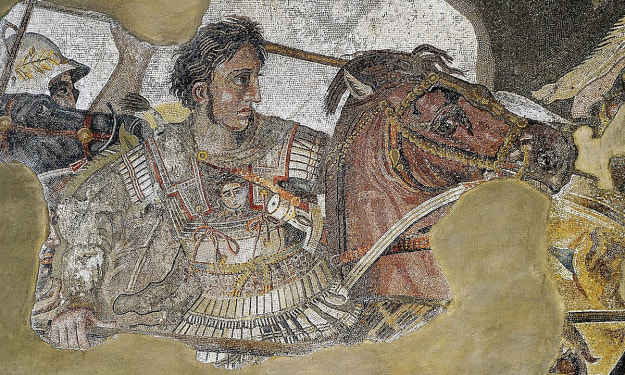
The Rise and Fall of Constantinople: A Tale of Power and Resilience
Thea Rise of Constantinople:
Thea rise of Constantinople, a city born from ancient Byzantium, is a story that spans over a millennium, filled with strategic brilliance, cultural splendor, and the preservation of Roman traditions. The city's ascendancy can be divided into several key phases:
Early History: Byzantium, as Constantinople was originally known, was founded by Greek colonists in the 7th century BC. Its strategic location on the Bosphorus Strait, connecting the Black Sea to the Mediterranean, made it a natural hub for trade and defense. It quickly grew as a significant Greek city.
Roman Rebirth: Byzantium's turning point came in AD 330 when the Roman Emperor Constantine the Great chose the city as the new capital for the Roman Empire. Renaming it Constantinople, this shift marked the division of the Roman Empire into East and West, with the Eastern Roman Empire centered in Constantinople.
Byzantine Empire: Constantinople became the capital of the Eastern Roman Empire, or the Byzantine Empire, which played a pivotal role in preserving Roman traditions, both culturally and politically. It maintained the vitality of the Roman Empire long after the Western Roman Empire had crumbled.
Cultural Flourishing: Under Byzantine rule, Constantinople developed a rich cultural heritage. The city was known for its impressive architecture, including the iconic Hagia Sophia, and became a center of learning and art. It blended Roman, Greek, and Eastern influences into a unique identity.
The Fall of Constantinople:
The fall of Constantinople represents the end of an era, marked by external pressures, shifting power dynamics, and a changing world order. Here is an exploration of the events leading to the fall:
Islamic Expansion: In the 7th century, the Islamic Caliphate began to expand, encroaching upon Byzantine territories. The city faced two devastating sieges by Muslim forces, in 674-678 and 717-718, both of which were repelled, but not without weakening the city's defenses.
Latin Crusader States: The Fourth Crusade in 1204 brought a calamity to Constantinople. Western Christian crusaders captured and sacked the city, leading to the establishment of Latin Crusader states. For almost 60 years, Latin rule replaced the Byzantine Empire.
Byzantine Restoration: In 1261, Byzantine forces, led by Michael VIII Palaiologos, successfully recaptured Constantinople from the Latin Empire. The city was restored as the capital of the Byzantine Empire, albeit in a weaker and more precarious state.
Ottoman Empire: The most significant and enduring challenge came from the burgeoning Ottoman Empire. Under the leadership of Mehmed the Conqueror, the Ottomans laid siege to Constantinople in 1453. After a 53-day siege, the city's walls were breached, and Constantinople fell on May 29, 1453, marking the end of the Byzantine Empire.
The fall of Constantinople in 1453 had profound and far-reaching consequences. It marked the end of a nearly 1,100-year-old empire and the final chapter of the Roman Empire. The city was renamed Istanbul and became the capital of the Ottoman Empire, serving as a vital gateway to the Islamic world and a center for trade and culture.
Legacy:
The legacy of Constantinople endures in the annals of history and in the vibrant city of Istanbul today. It was a city that bridged different epochs, cultures, and empires, leaving a lasting impact. The Hagia Sophia, the great architectural wonder of the city, became a symbol of its rich history and a testament to the ingenuity of its builders.
The fall of Constantinople also had significant consequences for Europe. It pushed European powers, such as Spain and Portugal, to explore alternative sea routes to Asia, leading to the Age of Exploration and eventually the discovery of the New World.
In conclusion, the rise and fall of Constantinople represent a remarkable chapter in the history of human civilization. The city's ascent as a center of culture and power, followed by its dramatic fall to the Ottoman Empire, reminds us of the complex interplay of geography, politics, and culture that shapes the course of history. Constantinople, with its rich heritage, remains an enduring symbol of resilience and transformation through the ages.
About the Creator
Willson
I Grew up from the east part of Nigeria am a lover of art,music,football and History






Comments (1)
informative piece